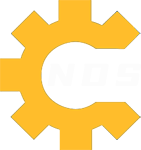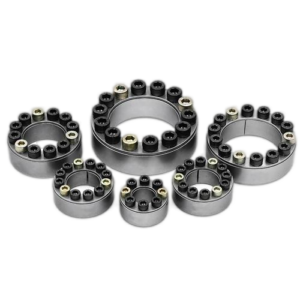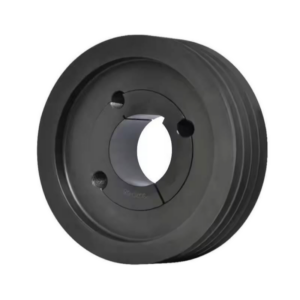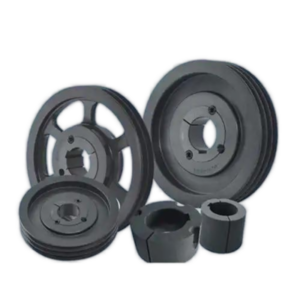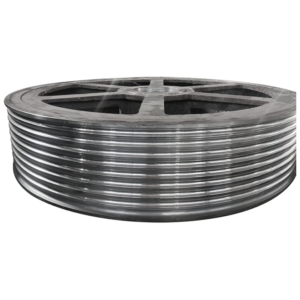In short: because different machines and working conditions have very different requirements, and no single type of coupling can meet all of them. Here’s a breakdown of why multiple types are necessary:
⚙️ 1. Different Working Conditions Require Different Features
✅ Speed Variations
- High-speed machines (like turbines) need couplings with excellent dynamic balance to reduce vibration.
- Low-speed equipment (like mixers) need couplings that can handle shock loads and high torque.
✅ Torque Requirements
- Heavy-duty industrial drives require couplings that can withstand high torque.
- Small motors only need lightweight, simple couplings.
✅ Misalignment Compensation
- In real-world applications, perfect alignment between driving and driven shafts is rare due to:
- Assembly tolerances
- Thermal expansion
- Foundation settlement
- Some couplings are designed to compensate for angular, radial, or axial misalignment (e.g., jaw couplings, flexible couplings).
- Others, like rigid couplings, require precise shaft alignment.
🔩 2. Different Equipment Needs Different Mechanical Properties
| Application | Recommended Coupling | Reason |
|---|---|---|
| CNC Machines | Flexible couplings (disc, jaw) | Minimal backlash, precise positioning |
| Sewage Pumps/Mixers | Gear or pin-and-bush couplings | Shock absorption, vibration damping |
| Steam Turbines | Gear or disc couplings | High torque, handles thermal expansion |
| Automotive Driveshaft | Universal joints | Allows for large angular misalignment |
💰 3. Cost and Maintenance Considerations
- Some couplings are simple, low-cost, and easy to maintain (e.g., pin-and-bush types).
- Others are complex, expensive, and suited for specific applications (e.g., disc couplings in precision systems).
🧠 Summary: Why Can’t We Standardize to Just One Coupling?
Choosing a coupling is like choosing shoes—one pair doesn’t fit every foot or occasion.
Every type of coupling is optimized for a specific set of mechanical needs (load, speed, alignment, shock, space, cost, etc.). Therefore:
✅ Standardization is possible within a product line or application type,
❌ But complete unification to one type of coupling is not practical or efficient.
